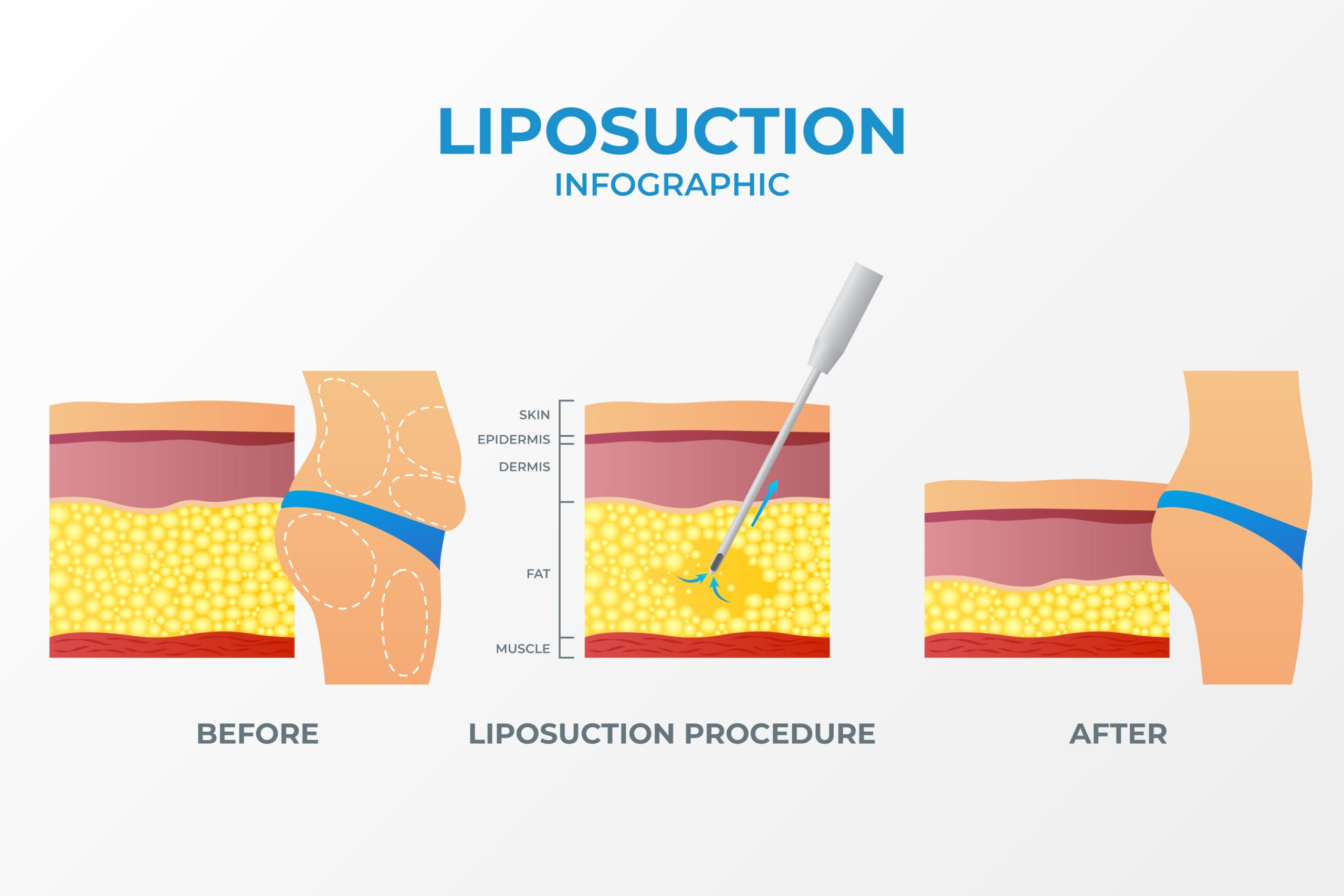
Role of surgery in managing lipedema
Dr. Srinagesh Vadrevu
December 20, 2023

Lipedema is a condition characterized by the abnormal accumulation of fat in the legs and sometimes in the arms and let us also understand the role of surgery in lipedema.
Surgery can play a role in managing lipedema, particularly in cases where conservative treatments have not provided sufficient relief or when lipedema has progressed to a more advanced stage. Lipedema surgery should be considered carefully, and the decision should be made in consultation with a knowledgeable healthcare provider.
There are several surgical options for managing lipedema and role of surgery in lipedema:
- Liposuction: Liposuction is one of the most common surgical interventions for managing lipedema. During liposuction, a surgeon removes excess fat from the affected areas, typically the legs, using a suction device. Liposuction can provide significant improvement in reducing the size and discomfort of the legs. There are different techniques, such as tumescent liposuction, which are often used in lipedema treatment.
- Water-Assisted Liposuction (WAL): WAL is a specialized form of liposuction that uses a pressurized stream of saline solution to dislodge and remove fat cells more gently. It can be a preferred option for lipedema patients because it is associated with less tissue trauma and may result in a quicker recovery.
- Laser-Assisted Liposuction: Laser-assisted liposuction, like SmartLipo, uses laser energy to break down fat cells before removal. It can be considered for lipedema management, but its efficacy in lipedema treatment is still under investigation.
- Lipedema Management
- Lipedema Surgery
- Liposuction
- Water - Assisted Liposuction
- Lymphaticovenular Bypass
- Tumescent Technique
- Tumescent Technique: The tumescent technique involves injecting a large volume of a saline solution with a local anesthetic into the affected areas. This helps numb the area and constrict blood vessels, reducing bleeding during liposuction.
- Lymphaticovenular Bypass (LVB): In cases where there is a significant presence of lymphatic fluid and impaired drainage in the affected areas, LVB may be considered. During LVB surgery, the surgeon connects lymphatic vessels to nearby veins, allowing for better fluid drainage.
- Lipedema Surgery and Liposuction Combined with Lymphatic Sparing: Some surgeons perform liposuction with lymphatic sparing to minimize the risk of impairing lymphatic function and preventing lymphedema, which can be a concern in lipedema patients.
Conclusion
It’s important to note that lipedema surgery should be performed by experienced and qualified surgeons with expertise in treating lipedema. Additionally, surgical interventions should be part of a comprehensive treatment plan, which may include post-operative care, manual lymphatic drainage, compression garments, and lifestyle modifications.
Lipedema is a complex condition, and not all individuals with lipedema may be candidates for surgery. A thorough evaluation by a healthcare provider who specializes in lipedema is necessary to determine the most appropriate treatment approach, which may include both surgical and non-surgical methods. The decision to undergo surgery should be made with careful consideration of the potential risks and benefits and in consultation with a knowledgeable medical team.
To connect with us click on the button below
To know more fill in the details below:
Recent Posts
Have Any Question?
Lipedema is a condition that causes excess fat to accumulate in the lower part of the body.
- +919515106591
- srinageshlipedema@gmail.com



